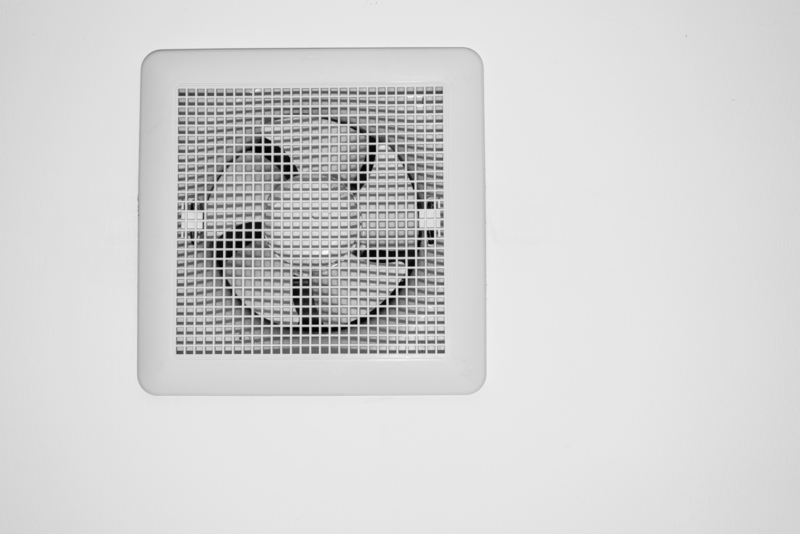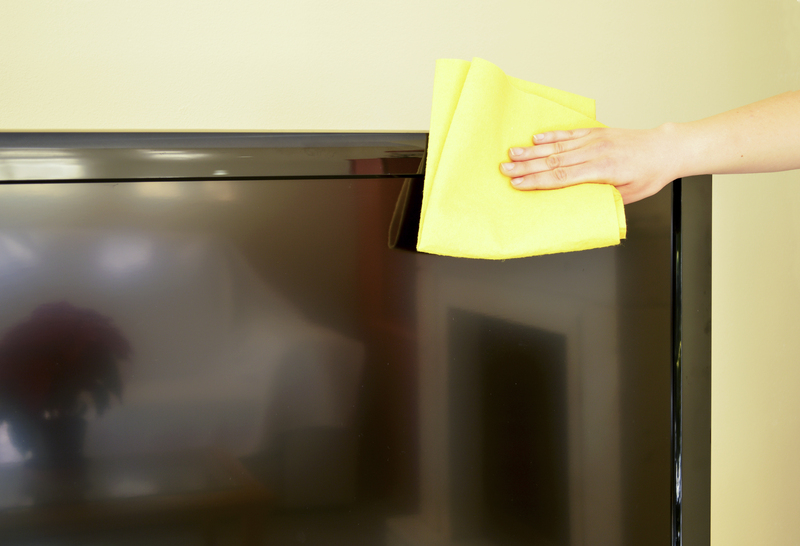Best Practices for Satin Care
Posted on 24/09/2025
Satin, with its smooth and elegant finish, is a preferred fabric for many luxurious garments and home decor items. Proper care ensures that your satin items remain in pristine condition for years to come. Here are some best practices for taking care of your satin fabrics.
Understanding Satin Fabric
Satin isn't a type of fiber but a type of weave that gives fabric its characteristic sheen and smooth texture. It can be made from silk, polyester, or a blend, each requiring a slightly different care approach. Identifying the type of satin you're dealing with is the first step towards its proper maintenance.

Washing Satin
When it comes to washing satin, the gentler the method, the better. Here are some guidelines:
- Hand Wash: Most satin items benefit from hand washing with cold water and a mild detergent. Avoid wringing or twisting the fabric.
- Machine Wash: If you use a washing machine, turn the satin item inside out, place it in a mesh laundry bag, and use the delicate cycle with cold water.
- Dry Cleaning: For silk satin or heavily embellished satin items, it's best to opt for professional dry cleaning.
Drying Satin
Proper drying techniques are crucial to maintaining the fabric's integrity.
- Hanger: For garments, use a padded hanger and let them air dry naturally.
- Avoid Heat: Never use a tumble dryer or iron on high heat settings as this can damage the fibers.
Ironing Satin
Ironing satin requires careful attention to avoid damage:
- Low Heat: Use the lowest heat setting and always iron on the reverse side of the fabric.
- Protective Cloth: Place a thin cloth between the iron and the satin to prevent direct contact.
- Steam: Use steam sparingly to remove wrinkles without causing shine or burns.
Storing Satin
The way you store your satin items can impact their longevity:
- Hanging: Use padded hangers for dresses and blouses to maintain shape and avoid creases.
- Folding: Fold items like scarves and pillowcases, placing acid-free tissue paper between folds to prevent permanent creases.
- Avoid Plastic: Plastic covers can trap moisture and lead to mildew. Opt for breathable garment bags instead.
Pros and Cons of Satin Care
Caring for satin properly can be both rewarding and challenging. Here are some pros and cons:
Pros:
- Maintains the fabric's lustrous appearance.
- Enhances the durability of the fabric.
- Presents a luxurious look and feel.
Cons:
- Requires careful and often time-consuming maintenance.
- Prone to water spots and stains.
- Can be sensitive to heat and friction, making it easily damaged.
Tips for Satin Care
Here are some extra tips to keep in mind:
- Always test a small, hidden section before applying any cleaning solution.
- Treat stains immediately, but avoid rubbing the fabric, which can damage the weave.
- When traveling with satin garments, use breathable garment bags and avoid overpacking to minimize wrinkles.

Takeaways
Taking care of satin requires a gentle approach and attention to detail. Always handle the fabric with care, avoid high heat, and choose appropriate cleaning methods based on the type of satin.
Conclusion
Satin care might seem daunting at first, but with the right practices, you can ensure that your satin garments and items stay beautiful for years. Whether through careful washing, drying, or storing, each step in the process contributes to maintaining the luxurious look and feel of satin. Remember, investing time in proper satin care is an investment in the longevity and appearance of your cherished items.

 Company name:
Company name:  Telephone:
Telephone:  Opening Hours:
Opening Hours:  Street address:
Street address:  City:
City:  E-mail:
E-mail:  Web:
Web:  Description:
Description: 







